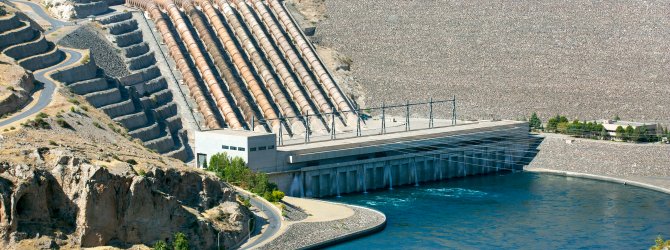-
"An Unhappy Marriage That Cannot Afford A Divorce": The ...
"An Unhappy Marriage That Cannot Afford A Divorce": The Need To Advance Energy and Water Management in WANA

Last month, I was fortunate enough to participate in a workshop that brought together over 30 experts to discuss integrated energy and water planning jointly hosted by Friedrich Ebert Stiftung Foundation, the Wuppertal Institute and the West Asia-North Africa Institute.
The discussions showcased how public rhetoric is largely blaming refugees for the water and energy pressures facing Jordan today. With over half a million refugees digging into already scarce water and energy resources, the country will certainly face harder times and more desperate moments. But let us backtrack and confront a vital question: is it logical to blame refugees for our current water and energy misfortunes, and is it helpful insofar as these narratives divert attention away from the structural issues in play?
Jordan suffered from water and energy problems well before the current refugee crisis. Experts and technical specialists have spoken for decades about the need for better water governance and clean energy alternatives to identify the optimal energy-water tradeoff. Efforts have been constrained, however, due to a lack of funding and resistance to the idea of shared governance of resources.
It was with this in mind that we brought together experts from across the region to discuss the interrelated risks of energy and water supply (the water-energy nexus) and its rising importance in environmental and energy-political discussions. The central idea proposed was that bridging water and energy policies can promote a more efficient path towards resilience, hugely reducing energy costs and water usage, and in turn facilitating climate change adaptation and mitigation. And this must occur quickly. The evidence is that the region’s existing water gap will increase to almost 200 billion m3 per year by 2050. An additional 8 percent per year increase in electricity will also be needed.
In Jordan, there have been endless discussions on the energy ‘crisis’, particularly the country’s energy bill (which constitutes up to 7.2 percent of GDP and is growing year by year see report done by Jordan University of Science and Technology). In 2004, Jordan pledged to increase its renewable energy sources to meet the total capacity of 1600 megawatts by 2020. At present, however, renewable energy covers only 3-4 percent of Jordan’s electricity. And let’s not forget the fact that Jordan is the world’s second water-poorest country and uses around 20 percent of its power to pumping water. In short: our water and energy challenges do not stem only from refugees. Enhanced cohesion in the water and energy sectors is urgently needed because, as stated at World Water Week in 2014, “water and energy maybe an unhappy marriage but cannot afford a divorce”.
The key priority will be to support stakeholders and decision makers in understanding the complex interdependencies of a sustainable energy and water supply in the WANA region. Despite this, political decision makers, planning institutions, and even some parts of the scientific research community, are not yet sharing an integrated way of thinking. And there are few case studies from the West Asia-North Africa region where entities are tackling energy and water efficiency tradeoffs well to model.
If we want to advance in energy and water efficiency management, we should all, as HRH Prince Hassan noted “rise above the noise of politics”, and think positively about solutions rather than blaming refugees for it.

